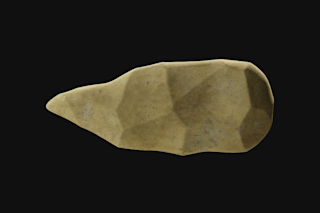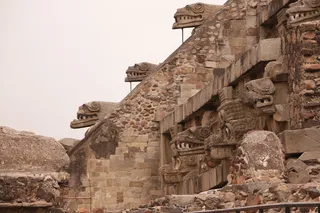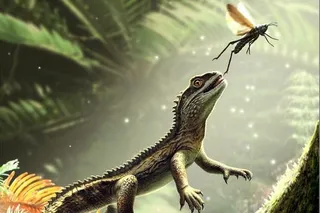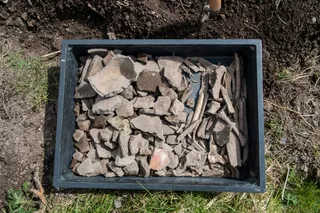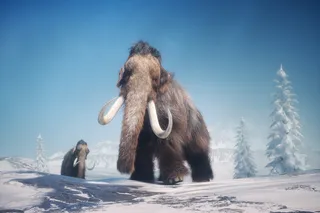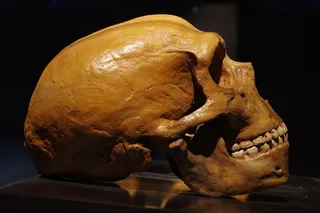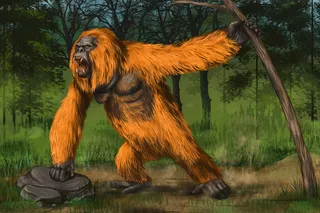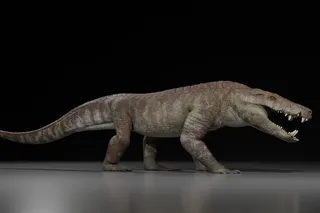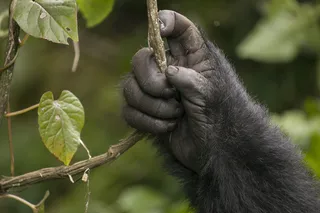Ancient tools, buried for millions of years in Kenya, may be the oldest example yet of our ancestors’ technological prowess. The tools, recently discvered on the Homa Peninsula in Lake Victoria, are now the earliest known examples of Oldowan technology — stretching its known start date back by as many as 400,000 years.
“[Oldowan] is a real benchmark of our technology,” says paleontologist Rick Potts, the director of the Human Origins Program at the Smithsonian National Museum of Natural History in Washington, D.C., and a co-author of the new study published in Science.
The “Oldowan toolkit” is a term anthropologists use to describe the distinct technology that lasted for millions of years before Homo sapiens ever walked the Earth. These tools usually involved very controlled rock-flaking.
By hitting one stone against another, ancient hominins chipped off sharp, thin slivers, leaving a sharp-edged stone behind that would have been good for ...



